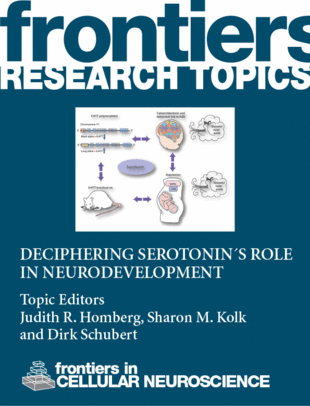Modeling riboflavin transporter deficiency type 2: from iPSC-derived motoneurons to iPSC-derived astrocytes
IF 4.2
3区 医学
Q2 NEUROSCIENCES
引用次数: 0
Abstract
IntroductionRiboflavin transporter deficiency type 2 (RTD2) is a rare neurodegenerative autosomal recessive disease caused by mutations in the SLC52A2 gene encoding the riboflavin transporters, RFVT2. Riboflavin (Rf) is the precursor of FAD (flavin adenine dinucleotide) and FMN (flavin mononucleotide), which are involved in different redox reactions, including the energetic metabolism processes occurring in mitochondria. To date, human induced pluripotent stem cells (iPSCs) have given the opportunity to characterize RTD2 motoneurons, which reflect the most affected cell type. Previous works have demonstrated mitochondrial and peroxisomal altered energy metabolism as well as cytoskeletal derangement in RTD2 iPSCs and iPSC-derived motoneurons. So far, no attention has been dedicated to astrocytes.Results and discussionHere, we demonstrate that核黄素转运体缺乏症 2 型建模:从 iPSC 衍生的运动神经元到 iPSC 衍生的星形胶质细胞
核黄素转运体缺乏症 2 型(RTD2)是一种罕见的神经退行性常染色体隐性遗传病,由编码核黄素转运体 RFVT2 的 SLC52A2 基因突变引起。核黄素(Rf)是黄素腺嘌呤二核苷酸(FAD)和黄素单核苷酸(FMN)的前体,它们参与不同的氧化还原反应,包括线粒体中发生的能量代谢过程。迄今为止,人类诱导多能干细胞(iPSCs)为研究 RTD2 运动神经元的特征提供了机会,而 RTD2 运动神经元是受影响最严重的细胞类型。之前的研究表明,线粒体和过氧化物酶体改变了能量代谢,RTD2 iPSC 和 iPSC 衍生的运动神经元的细胞骨架也发生了变化。结果与讨论在这里,我们证明了从 RTD2 iPSCs 体外分化出的星形胶质细胞并没有受到损害,这些细胞为神经元提供营养和代谢支持。与从健康人的 iPSCs 中提取的星形胶质细胞相比,这些细胞没有表现出明显的形态差异,存活率也没有显著变化。这些研究结果表明,与之前记录的神经元不同,RTD2 不会损害星形胶质细胞的形态功能特征。
本文章由计算机程序翻译,如有差异,请以英文原文为准。
求助全文
约1分钟内获得全文
求助全文
来源期刊

Frontiers in Cellular Neuroscience
NEUROSCIENCES-
CiteScore
7.90
自引率
3.80%
发文量
627
审稿时长
6-12 weeks
期刊介绍:
Frontiers in Cellular Neuroscience is a leading journal in its field, publishing rigorously peer-reviewed research that advances our understanding of the cellular mechanisms underlying cell function in the nervous system across all species. Specialty Chief Editors Egidio D‘Angelo at the University of Pavia and Christian Hansel at the University of Chicago are supported by an outstanding Editorial Board of international researchers. This multidisciplinary open-access journal is at the forefront of disseminating and communicating scientific knowledge and impactful discoveries to researchers, academics, clinicians and the public worldwide.
文献相关原料
| 公司名称 | 产品信息 | 采购帮参考价格 |
|---|
 求助内容:
求助内容: 应助结果提醒方式:
应助结果提醒方式:


